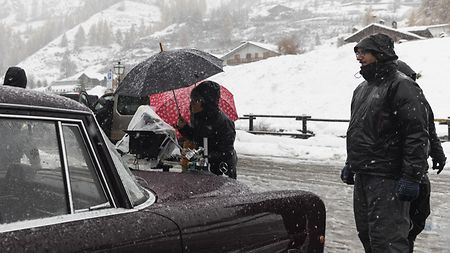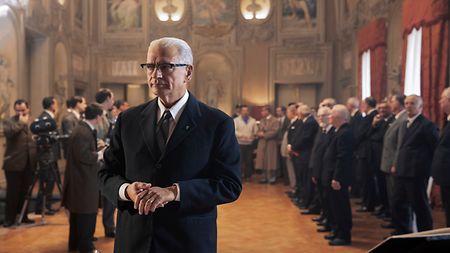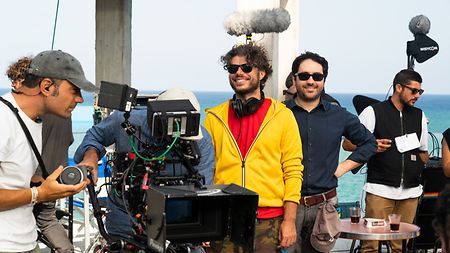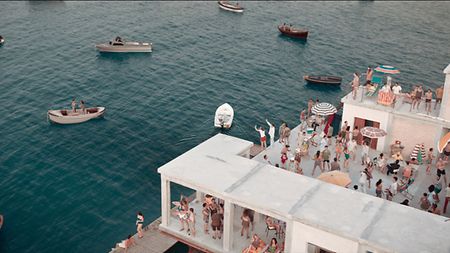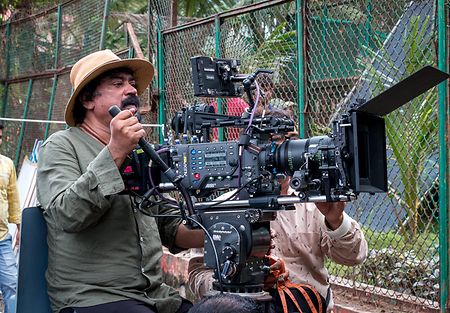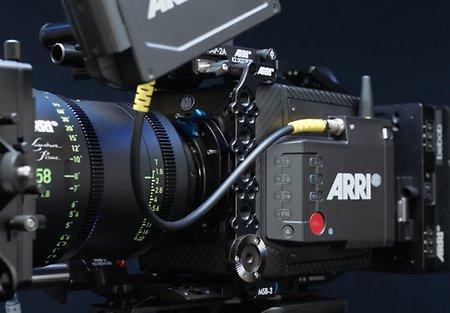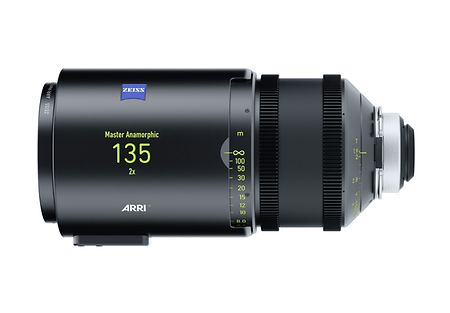After working on the TV series “Gomorrah” and “Black Moon,” Valerio Azzali accepted Sydney Sibilia's challenge by directing the photography for the Netflix film “Rose Island,” which tells the true story of Giorgio Rosa and the creation of an independent state on a platform off the Rimini coast. “Rose Island” was the first Italian feature film shot with ALEXA LF and ALEXA Mini LF, produced in Large Format with a 24X36 sensor with ARRI ZEISS Master Anamorphic lenses. ARRI Lighting was also part of the lineup. Azzali spoke to ARRI about his work on the project.
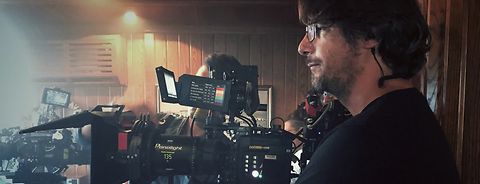
ARRI large format on Netflix’s “Rose Island”
Cinematographer Valerio Azzalishot “Rose Island,” the first Italian feature film produced in large format, with ARRI’s ALEXA LF, ALEXA Mini LF,and ARRI ZEISS Master Anamorphic lenses.

